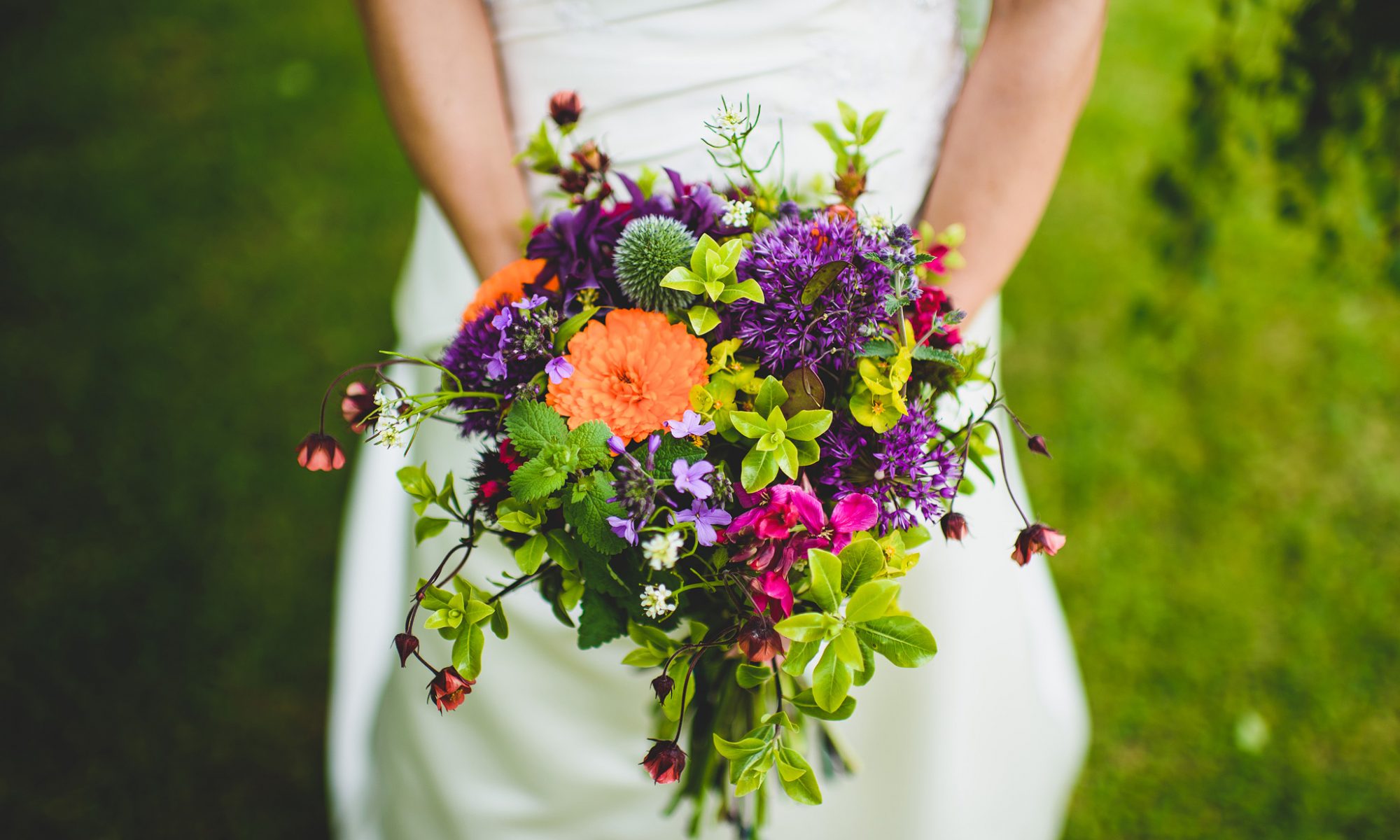Jennifer Stuart-Smith of Blooming Green shares her expert knowledge on how to start your own cutting garden and fill your house with flowers
Nothing gives a house a lift like vases of fresh flowers – there’s a reason interiors stylists always arrive at shoots with armloads of them – but until quite recently most people only had cut flowers as an occasional treat on special occasions, or if in the summer months, they had a garden from which they could snip a few blooms without spoiling the display.
Dedicated cutting gardens for a constant source of fresh flowers were mostly the preserve of stately homes, with walled gardens, a team of gardeners to tend the banks of peonies and housekeepers to trim and arrange them.
Things have changed now that supermarkets stock banks of very cheap cut flowers – but the almost painfully bright colours of them and how unnaturally long they last gives a hint of how they are produced and gradually, people have become more aware of where their flowers come from.
With that understanding, rather like the organic produce and veg box schemes, people are now more appreciative of seasonality, variety and, in the case of flowers, scent. People drive miles to pick their own flowers at our cutting gardens in Kent and our wedding customers in particular, go wild for the ‘just picked’ wild-flower look.
The idea for setting up our business came about well over a decade ago, when I was working on a newspaper and kept on seeing articles about the unpleasant side of the global floristry industry; poor working conditions, the use of unpleasant chemicals and masses of plastic packaging.
My cousin Rebekah, who has a background in environmental biology and horticulture, was considering new avenues alongside raising a family, so together we hatched the idea of setting up an eco-friendly ‘green’ floristry business.
Our flowers are grown on two sites, in the countryside south of Maidstone, on what were once orchards. We grow at least 500 varieties of flowers and foliage, so that we have something to suit every taste, from April right through to October, and we cultivate them using an organic ‘no-dig’ method that improves productivity, soil health and saves our backs too.
But you don’t have to have a field, or even a large garden to grow your own cutting flowers. By planning ahead, choosing your plants carefully and using every bit of available space you can have a steady supply of blooms for the house, or for friends, in spring, summer and autumn.
And once you get into having – truly – fresh flowers and foliage in your home, it can be hard to live without them, and even in winter you can find interesting things in the hedgerow or cut stems of winter-flowering shrubs such as forsythia.
When it comes to deciding where to plant your cutting flowers, there are many options. You don’t even need a dedicated cutting patch – simply dot plants in your herbaceous borders, plant them amongst your vegetables, potager-style, or grow some in containers outside the back door.
Finding great varieties of cut flowers to grow is also easier these days, as seed merchants, nurseries and garden centres have cottoned on to the demand for home-grown flowers and have developed wonderful new varieties, perfect for cutting.
Always check labels and descriptions for the ‘scissors symbol’ or any reference to stem length and suitability for cutting. In order to have a good variety of blooms and foliage, it’s a good idea to plant a mixture of annuals (seed to flower in one year), biennials (seed to leaves in the first year, then to flowers in the second), herbaceous perennials (grow and flower for more than two years) and shrubs (perennials with woody, rather than sappy stems).
To get you started here are a few of our favourite cutting flowers arranged, roughly, by when they are ready for cutting – although this will of course depend on factors such as when you sow and what the weather chooses to do.
Sweet rocket Frothy sweetly scented flowers in purple or white or pale pink when there is not much else around (May/June). Biennial (flowers in its second year)
Sweet William Clusters of flowers smelling lovely in a range from white pink and red and purple an absolute classic. Flower June-September. Biennial
Ammi visnaga A white cow-parsley-like flower, that’s great as a filler and more robust than its cousin Ammi majus. Flowers June-September. Hardy annual easy to grow from seed and readily self-seeds.
Mint A great foliage and also a wonderful flower in purple or white which insects go crazy over. Flowers throughout the summer, though we tend to use it for foliage. Just the job for Pimms. Perennial which spreads by roots; will go mad left to its own devices.
Dill Big umbels of lime green flowers, edible, great for bees and an awesome filler. Hardy annual, easy to grow from seed and self-seeds readily. Use the seed heads decoratively, from June until the autumn.
Cosmos Large flowers from red to pink and white, can grow lovely and big. Blooms from June, all summer. Half-hardy annual very easy to grow from seed.
Achillea Small plates of tiny flowers in all shades of yellow, orange, red, pink and white, from June to September. Very dreamy and meadow-like. Short-lived perennial really easy to grow from seed.
Sunflower (Soraya or Valentine) These sunflowers produce many heads and are great for cutting. Soraya is orange yellow and Valentine is a delicate pale lemon, flowering from midsummer to autumn. Half-hardy annual.
Agastache Spikes of flowers in white, blue, pink and orange. Smells delicious and the minty flowers and foliage are edible. Perennial, easy to grow from seed and flowers from July to September.
Verbena bonariensis Small clusters of luminous purple flowers are held above the rest of the flower bed on long straight stalks, flowering from July to November. Butterflies adore them. Perennial easy to grow from seed and self-seeds very readily.
Jen Stuart-Smith & Bek Bibby are co-founders of Blooming Green, an eco-friendly floristry business based at Linton, near Maidstone, where in summer months you can pick-your-own fresh flowers to fill your house with blooms.
If you would like to learn how to grow your own cut flowers, need flowers while your garden grows – or have a wedding coming up – visit bloominggreenflowers.co.uk
TEST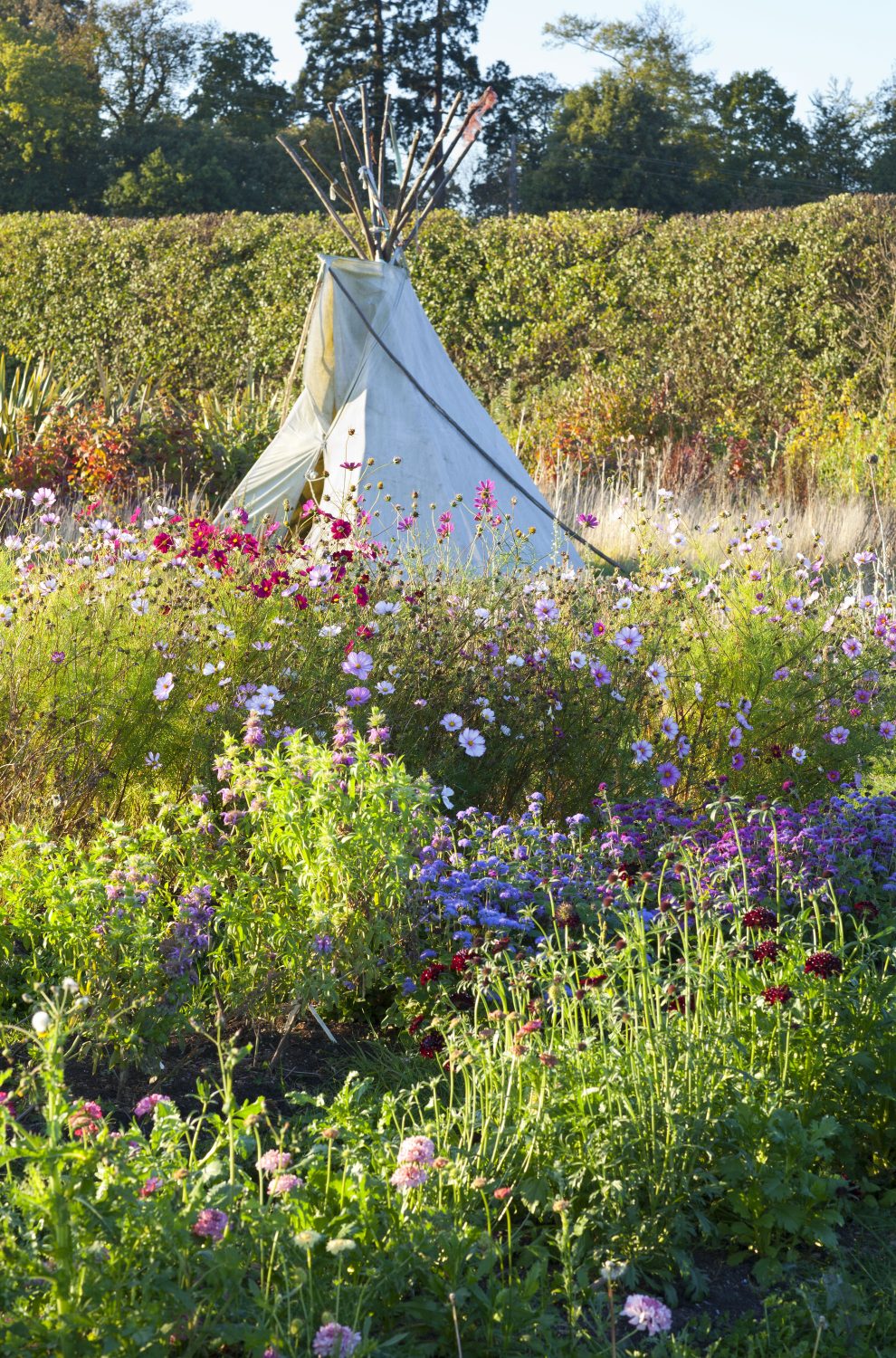
Finding great varieties of cut flowers to grow is also easier these days, as seed merchants, nurseries and garden centres have cottoned on to the demand for home-grown flowers
TEST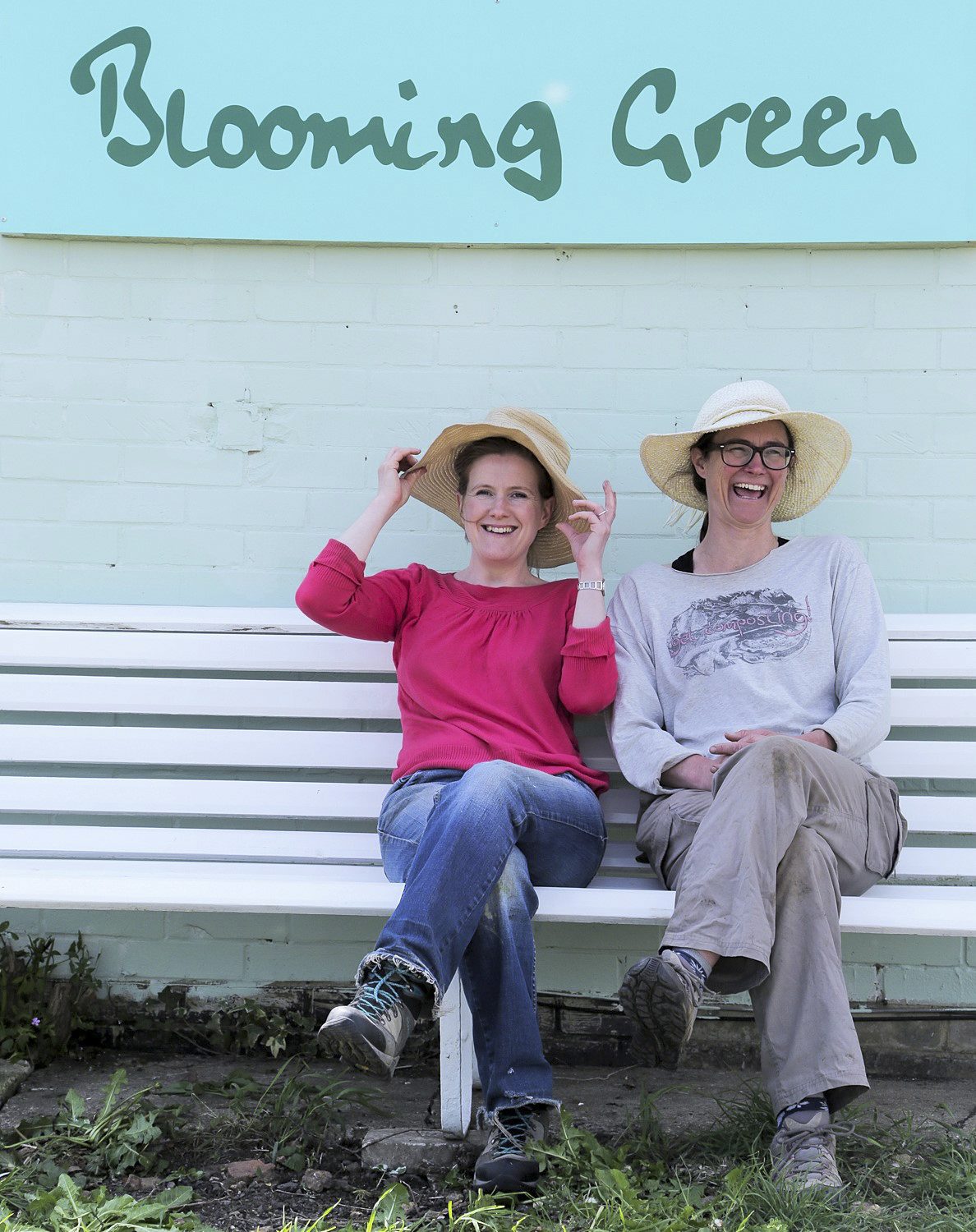
Blooming Green Jen & Bex
TEST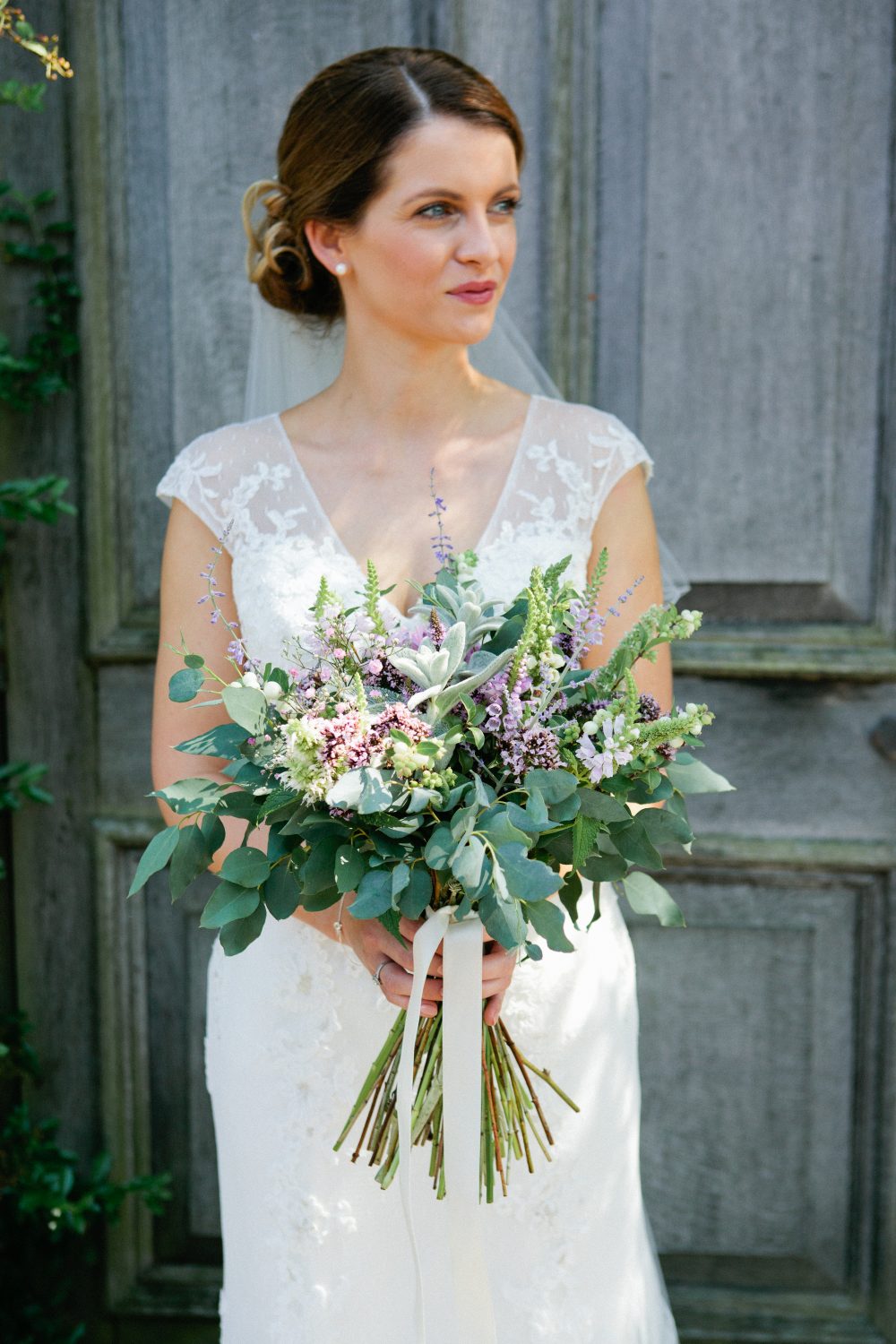
Becky and Liam's Winters Barn Wedding - Canterbury, Kent
TEST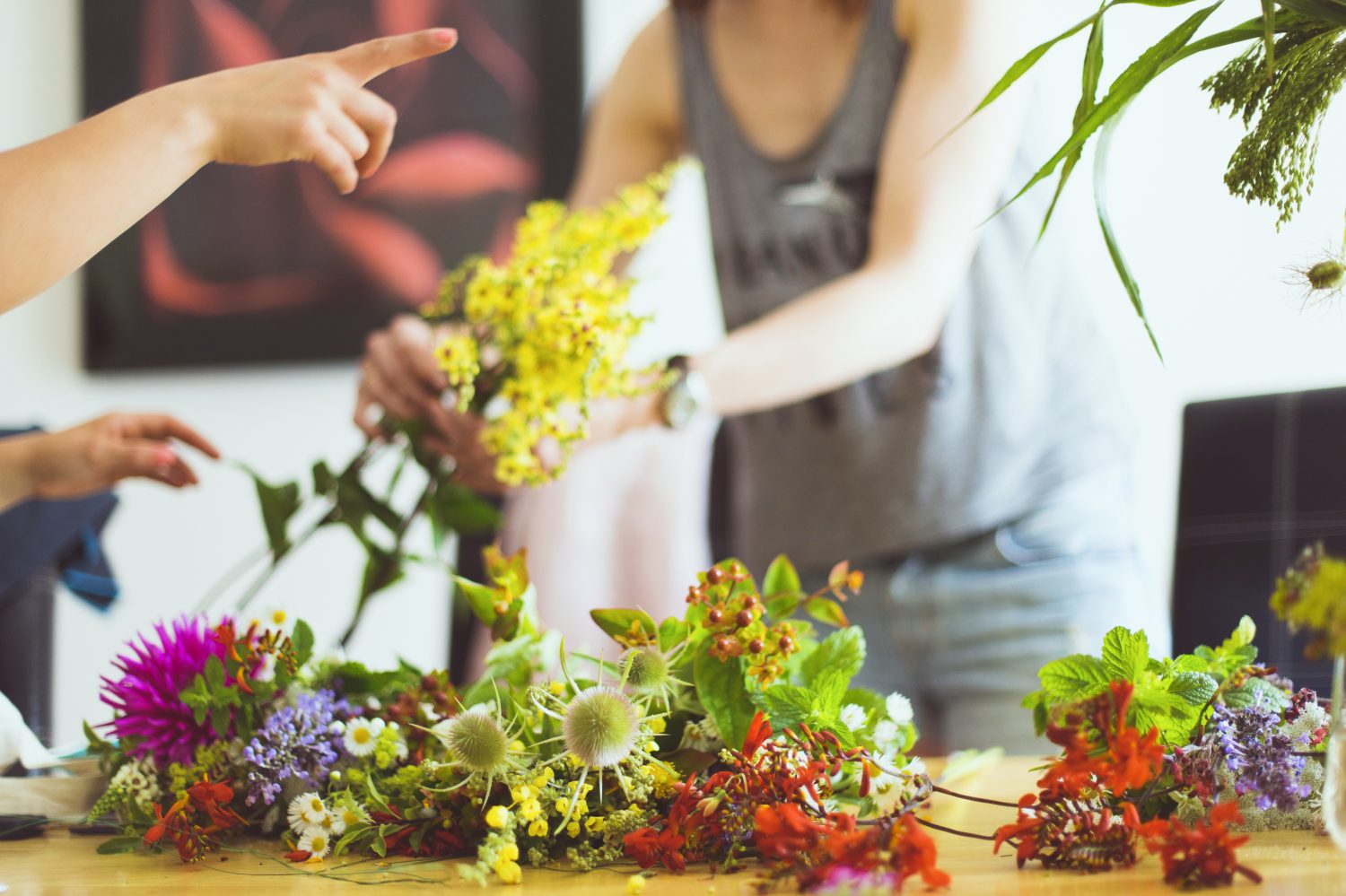 TEST
TEST
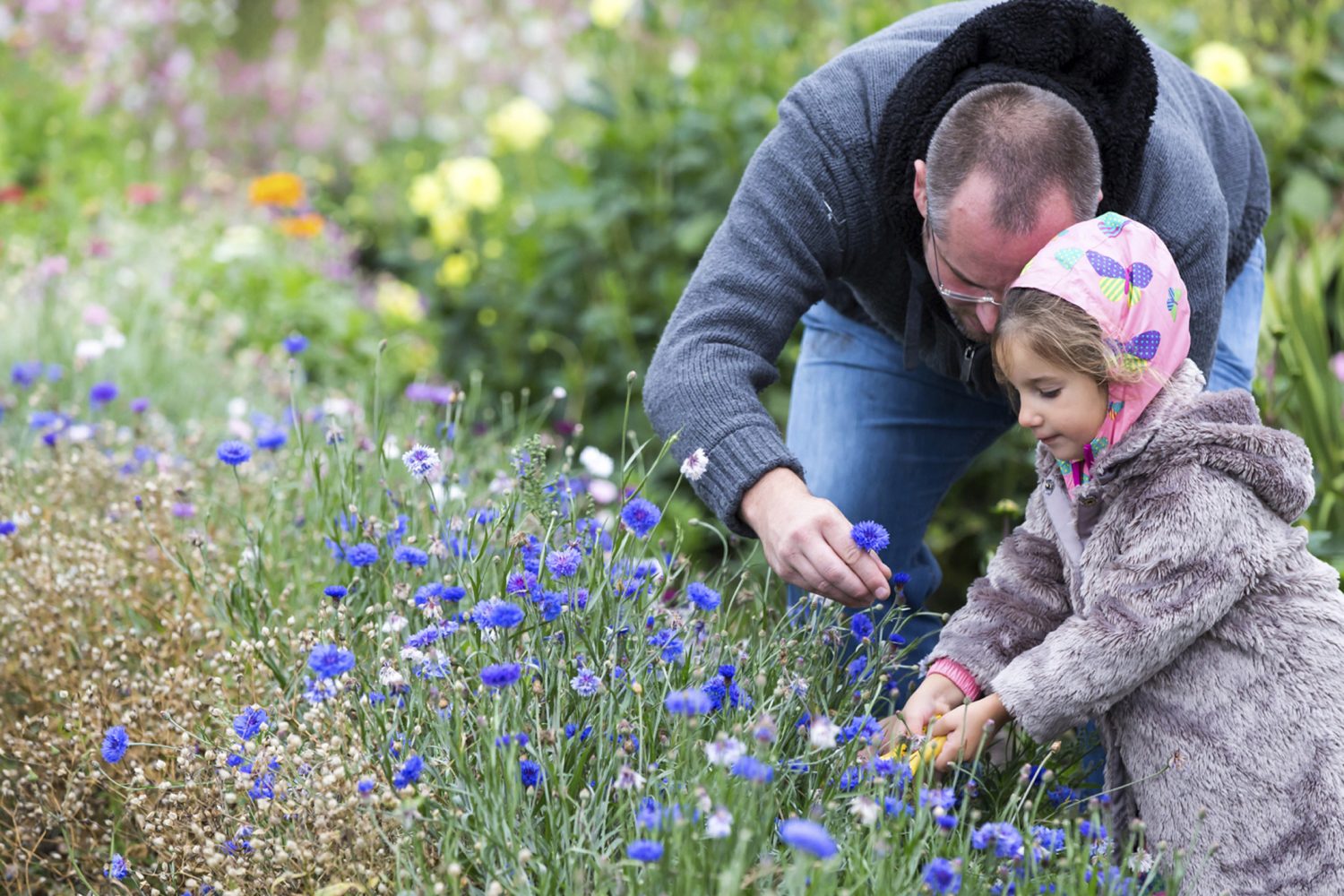
If you would like to learn how to grow your own cut flowers, need flowers while your garden grows – or have a wedding coming up - visit
TEST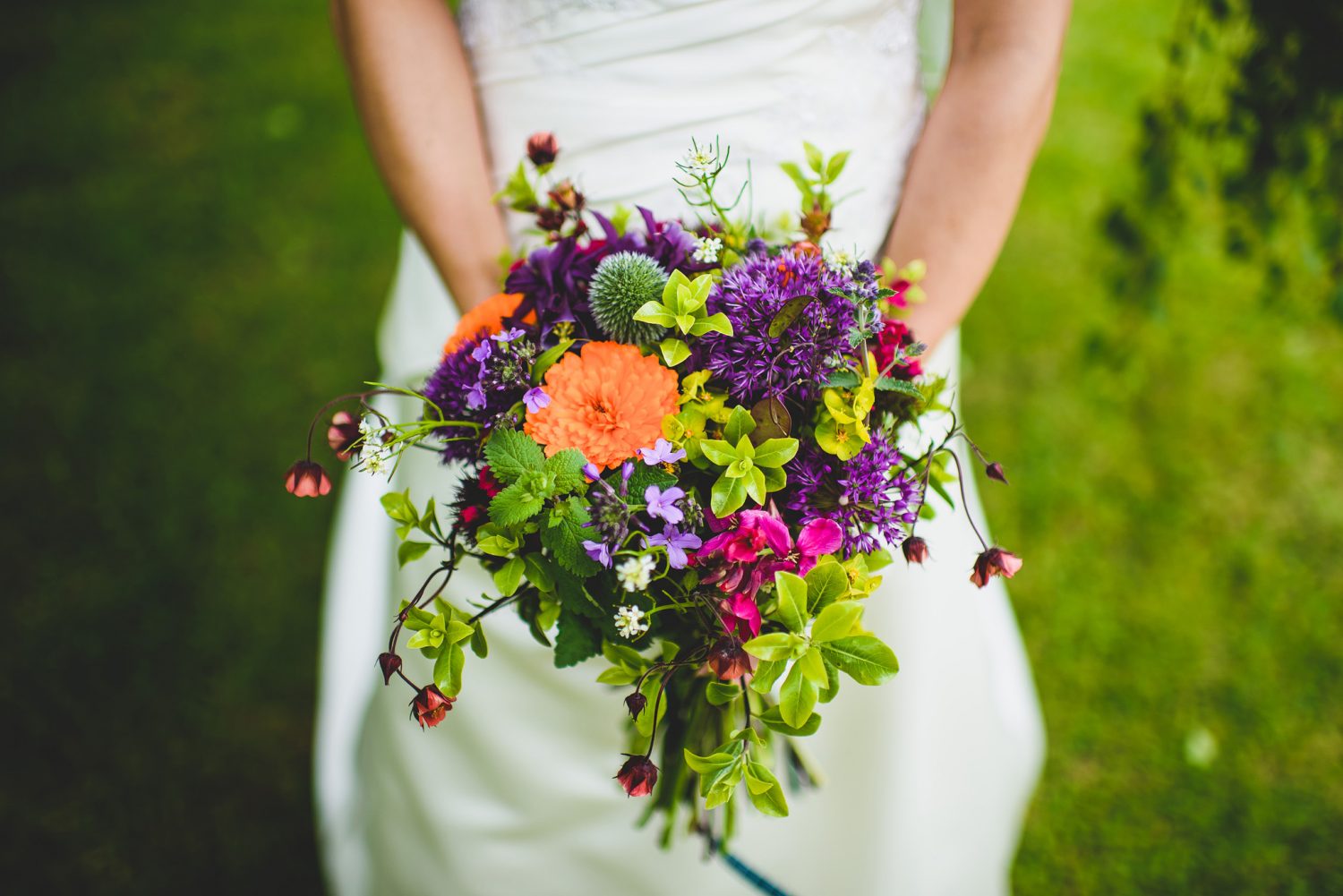
Credit James Rouse
TEST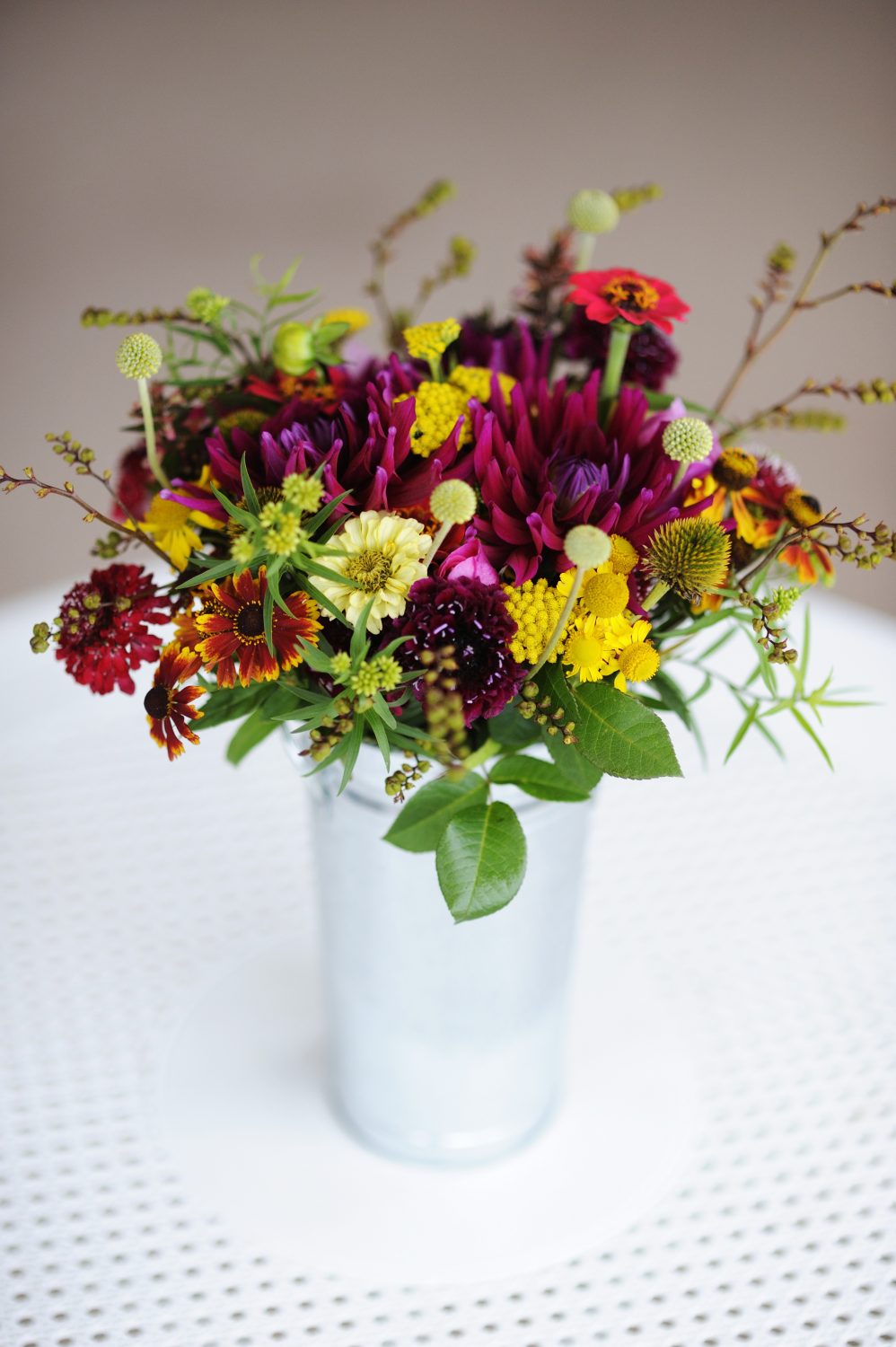
Always check labels and descriptions for the ‘scissors symbol’ or any reference to stem length and suitability for cutting
You may also like
Go with the Flow
Sue Whigham shares some valuable new-to-gardening advice I’m sure that by now we should be used to the rain but I’m not entirely sure that we are. We had a dry, sunny day the other day and how everybody’s mood...
Farm Fables
Jane Howard gets to the bottom of why so many ponds have disappeared across the High Weald I have a new passion, almost an obsession, it’s about ponds. And there’s a distinct possibility I might become a bit of a...
Hedge Issues
Sue Whigham takes a meander along nature’s verdant and vital corridors Recently the BBC’s Today programme carried a feature about England’s hedgerows which created a lot of interest among listeners. On the strength of that, Martha Kearney interviewed one of...
